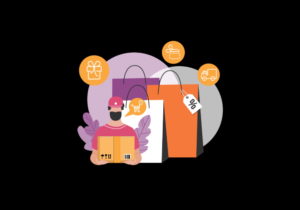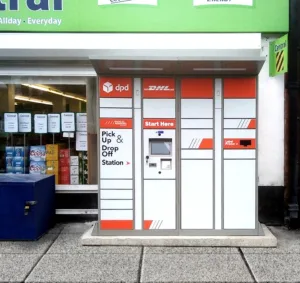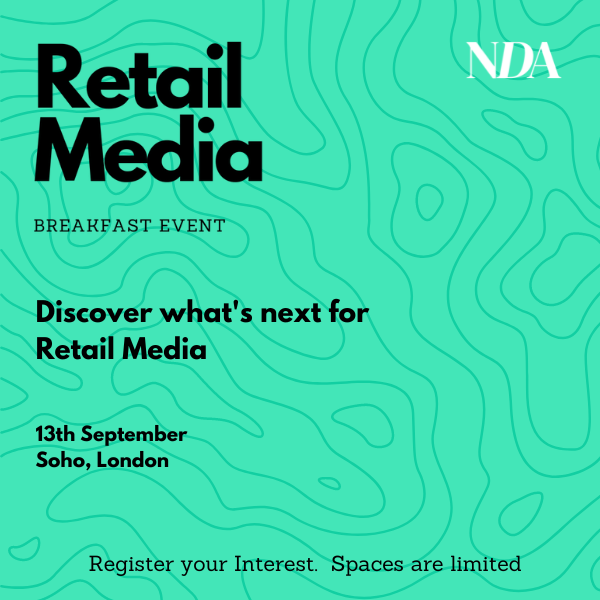by Amir Jirbandey, Head of Growth, Papercup
Brand managers who forget business guru Peter Drucker’s words do so at their peril: ‘“The
best way to predict the future is to create it.”
Never has this been truer than in today’s hyper-connected world, where consumers are
engaging with brands more closely than ever before. This is especially the case for media
personalities, as platforms for consumer engagement have proliferated to form an
increasingly fragmented landscape.
One type of celebrity affected more than most, are those who are historically known for their
presence on television. Over the last ten years, an array of streaming platforms have sprung
up, posing a challenge for already established figures trying to retain their connections with
core audiences, while also using new avenues to expand their reach and lessen the risk of
being left behind.
YouTube has emerged as a popular brand growth strategy that provides a middle ground for
media owners, celebrities and viewers alike. Apart from almost all mobile devices, it is now
available as an app on most modern TV sets, and therefore has the advantage of being
accessible to those who have yet to commit to paid streaming services, in addition to
audiences that have drifted away from traditional terrestrial channels. There are now almost
too many celebrity pages to name, with Zac Efron’s travel-focused ‘Off The Grid’ channel
being one notable example, as well as the successful channels of UK comedian Russel
Brand and Riverdale actress Madelaine Petsch.
However, the creation of YouTube channels is a model that is no longer unique. And with the
space becoming somewhat oversaturated with content, we are increasingly seeing
approaches to boosting audience numbers evolve.
One growing trend is celebrities partnering with both media organisations and consumer
electronics companies to build their brands through launching dedicated FAST channels.
The backing provided by these companies and their scale, as well as the more fixed nature
of FAST programming allows for a less pressured, more uniform style of content, which suits
a variety of viewers.
There are several notable examples of this, including The Bob Ross Channel launched by
Cinedigm and Samsung in 2020. More recently, Fremantle and Samsung launched The
Jamie Oliver Channel in the UK – providing a new way for the Naked Chef’s fans to tune into
his beloved cooking programmes.
That being said, platforms such as YouTube are utilised alongside FAST and other
streaming models as a form of marketing. This is where they can experiment, build a larger,
more generic audience, before presenting them with more specific dedicated streaming
channels.
As well as helping content owners and celebrities to elevate their content, channels like
these can also unlock new revenue – particularly as far as localization is concerned. Bob
Ross’ programmes were localised for Spanish-speaking audiences last year, following a
partnership with AI dubbing company Papercup, which helped the content reach millions of
additional viewers and unlock new profit as a result.
Studies have shown that dubbing also vastly outperforms subtitling in terms of information
retention and engagement with the content, suggesting that it will be a key route into foreign
markets for any content brands, particularly those based around a celebrity personality,
looking to expand the reach of their content and channels further afield.
Strategic partnerships, done properly, provide gateways to global audiences and a home for
back catalogues of content. If this can be maximised by effective localisation, celebrities and
influencers will be able to confidently predict their own future iconic status, or even
retroactively in the case of Bob Ross, as they continue to create and connect.










